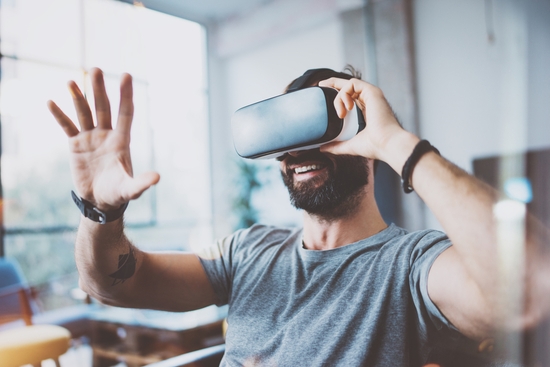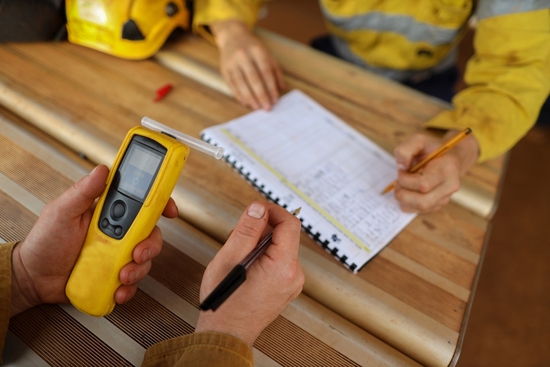Construction sites can be dangerous. The hot sun, large machines and high surfaces all combine to create a potentially hazardous environment. Luckily, advancing technology is providing roofing companies with numerous tools to improve safety conditions for their crews. Everything from virtual reality to slip and fall sensors, technology is changing the way roofers conduct business.
Here are some of the types of technology that is helping keep roofers safe.
Augmented and Virtual Reality
While augmented and virtual reality are not new inventions, their use in the roofing industry is more recent. Augmented reality allows roofing contractors to create detailed safety plans and impose them directly over the layout of the construction site so that they are accurate and easily understood. Augmented reality is also useful for training. Employees can be trained on real sites with augmented hazards, so that real life experience can be gained without the danger element.
Another application of augmented reality is to help with gathering aerial measurements. No need to get up on the roof and risk a slip or fall when you can take measurements from the ground. This ability to take measurements without being up on the roof improves safety greatly, as the risk of falling is cut down to zero.
Virtual reality also improves roofer safety. Virtual reality has been used for training across all fields, from the military to the medical field, and can be used for roofing as well. Employees can be safely trained to perform skills such as operating heavy machinery without the risk of potentially dangerous mistakes.

Wearable Technology
Another way technology is improving roofer safety conditions for roofers is through wearable technology, or wearables. Wearables can be built into PPE safety equipment that is already used on the jobsite, such as construction helmets or vests, making it an easy element to add to your safety protocol. Wearables can include useful technology including biometric devices, GPS or location trackers, voltage detectors, and slip and fall sensors.
Biometric devices can monitor respiratory rate, skin temperature, and heart rate, helping to identify fatigue and heat illness early. Biometrics can also be used to tell if someone is intoxicated or under the influence of drugs or other substances that could stand as a risk on the jobsite.
Read: Roofing Technology Trends – 5 Digital Tools Contractors Need This Season
GPS and location trackers can be used to provide a workers location if they have fallen and hurt themselves or passed out from heat illness. GPS and location trackers can also be used to designate certain areas as hazardous or restricted and sound alarms or notifications when a worker comes too close to the area. Voltage detectors can provide warning if an area is charged and unsafe to approach, helping workers avoid potential electric harm.
Slip and fall sensors are a particularly important component of wearables. The leading cause of death in construction is falling, especially when roofing in winter, so a sensor that can provide immediate notification that a worker has fallen is invaluable in the field. This rapid notification of the event combined with biometric information and GPS location can help make sure the injured worker can get quality help as quickly as possible. When used all together, the many applications of wearables combine to ensure roofers do not have to over-worry about safety while on the job.
Site Sensors
Site sensors are another way technology is improving roofer safety conditions. Site sensors can be placed all around your construction site and provide you with valuable information about the environment. They can measure heat, noise levels, particulates in the air, and the presence of volatile or hazardous compounds. This information allows your crews to limit their exposure to harmful environments and remove themselves from a site that suddenly becomes unsafe.
Read: Ensuring Roofer Safety with Unique Building Structures
Another benefit of site sensors is that they can ensure your worksite complies with OSHA roof safety standards. This way you can be sure that your worksite is up to code and have the numbers to prove it.
Worksite roofer safety should always be a priority. Technology has helped make it easier to keep your workers safe from harm, allowing them to be trained more easily, monitored, and notified of hazards. By implementing these technologies, you can provide precautions against injury and create a safe workplace for yourself and your crew.


